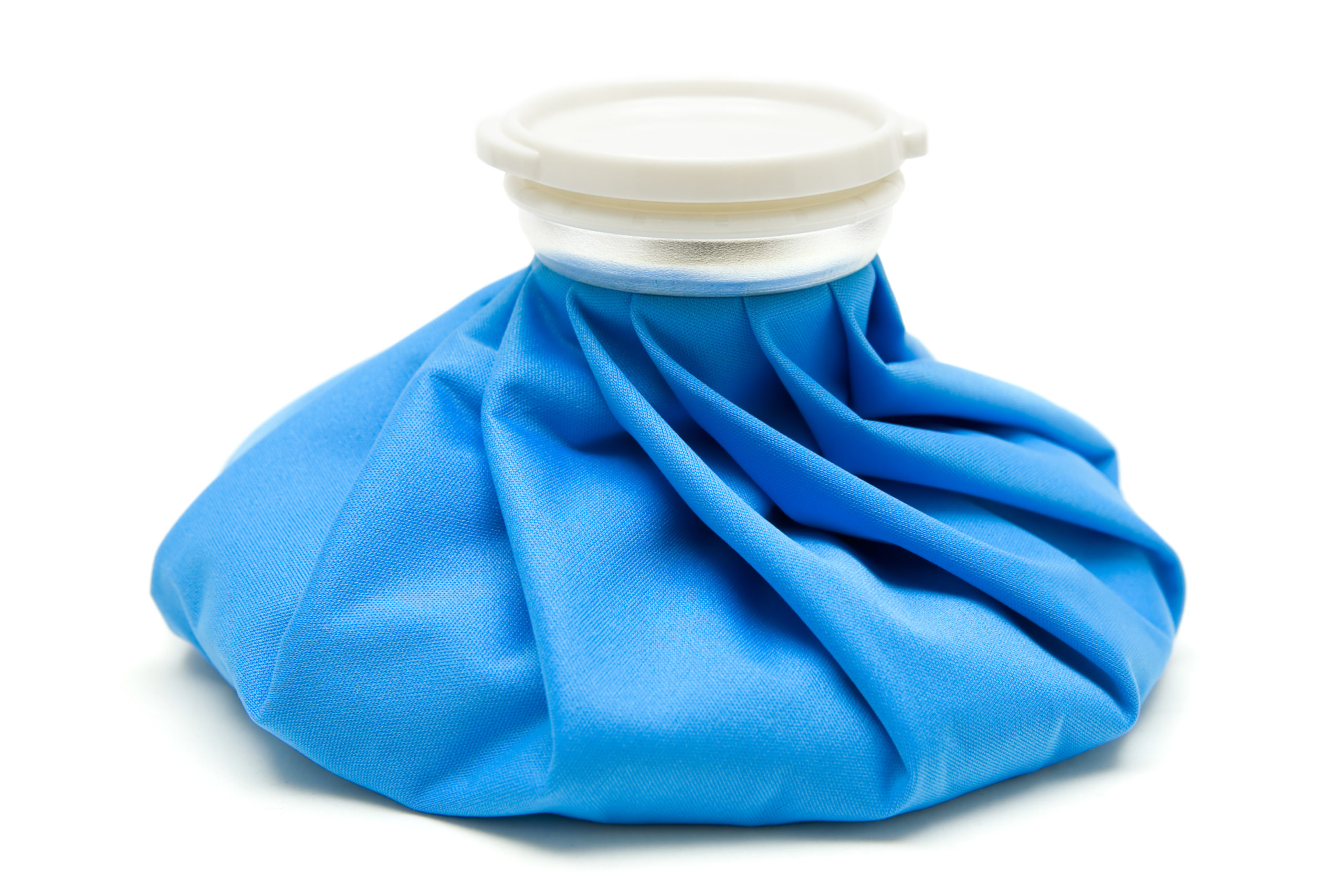
 Swelling of the hand or wrist can cause pain, and reduce function and movement. Here is a helpful guide to managing swelling after an injury.
Swelling of the hand or wrist can cause pain, and reduce function and movement. Here is a helpful guide to managing swelling after an injury.
What is swelling and why does it happen?
Swelling is an accumulation of fluid in a body part. It is one of the characteristics of inflammation. Other characteristics include redness, heat, pain and loss of function. Swelling in a body part is a normal process in response to injury, infection or disease. Swelling is initially helpful after an injury as it not only brings ‘healing’ cells to the area, but it also brings cells that fight infection, a very handy thing indeed!
Normally, swelling starts to subside after a few days as the injured area begins to heal, but if swelling persists it can cause pain, reduced movement and reduced function. The longer your hand is swollen the more difficult it can become to treat, which is why it is important you contact your hand therapist promptly after injury.
Treatment methods
Swelling can be treated in multiple ways:
• Elevating the body part above heart level can allow the fluid to drain out.
• Ice is effective at reducing the inflammatory response, pain and heat.
• Compression can help to squeeze the fluid out of your hand. Your hand therapist can supply you with a compression glove, compression bandaging or make a custom made compression garment out of lycra or neoprene.
• Massaging the fluid out of your hand towards your shoulder is beneficial.
• Splinting may be required to rest your hand depending on your injury.
• Exercises help to work the muscles and pump the fluid out.
Here are some common movement exercises for managing swelling after an injury:

If you have any questions regarding managing swelling or any issues with your hands, arms or wrist, please don’t hesitate to give us a call here. We’d be more than happy to help.
Click these links for more information on shoulder exercises and elbow exercises.
